Residual current refers to the current vector of each phase (including the neutral line) in the low-voltage distribution line and the current that is not zero. Generally speaking, when an accident occurs on the power side, the current flows from the charged body through the human body to the earth, so that the current I phase and the I in the main circuit are not equal in magnitude. In this case, the instantaneous vector synthesis effective value of the current is called the residual. Current.
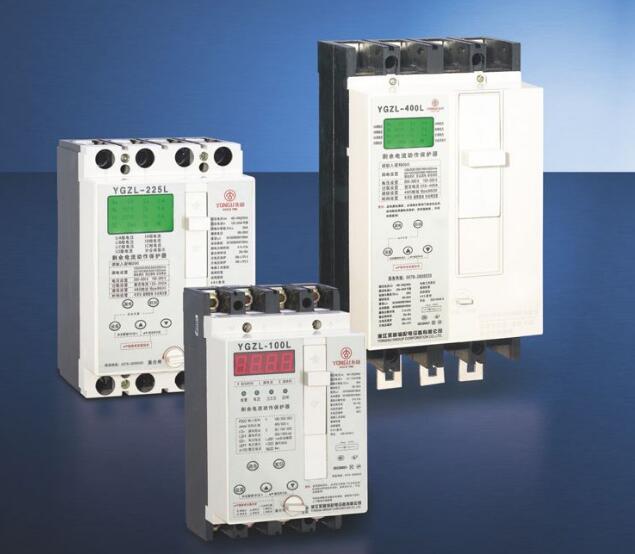
1. The wires in the building are in disrepair for a long time, and the insulation layer is aging and damaged.
2. The installation and installation of the wires in the building are not standardized. If the wires do not wear flame-retardant pipes, they are buried directly in the wall or placed on the trusses.
3. The quality of the wire construction is rough, and the material is cut corners. When the steel pipe is threaded, the inner wall of the steel pipe scratches the wire insulation layer.
4. In the public decoration places such as entertainment places, when the second decoration is carried out, the wires are scattered, resulting in the lack of flammable materials left behind by various constructions;
5, improper electrical design, including the user to increase the load at random, causing the wire to overload and heat, the wire insulation layer aging failure.
6, the user's internal private pull the line, the installation is extremely irregular.
7. The line is affected by natural conditions, such as the wire hitting the tree, the wind blowing the wire, and the air humidity causing the wire insulation level to drop.
8, various man-made damage caused by disconnection.
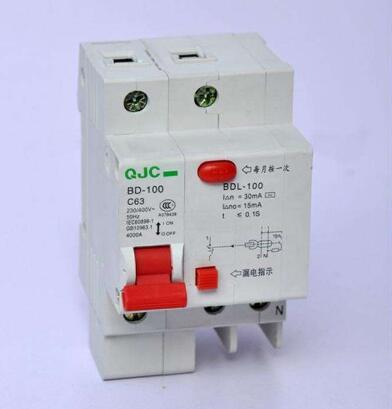
9. Earth fault causes electrical fire
Part of the phenomenon of single-phase ground fault of the conductor is revealed, such as single-phase disconnection and wire-bonded grounding body. Most of the fault phenomena are concealed because the insulation resistance of the insulation layer of the wire is unacceptable, and the leakage current is generated due to excessive insulation resistance. When the leakage current concentrates into a large place (grounding body), high heat will occur. Once there is inflammable material in the large place, it will burn when it is heated. The leakage current of the wire is generally mA level, and the overcurrent protection (overload protection and short circuit protection) of the line cannot be operated to protect.
For example, if the line is overloaded, the insulation temperature exceeds the maximum allowable operating temperature, and the insulation aging is accelerated, so that the insulation level falls below the specified value. If there is no external trigger, the short circuit generally does not occur. If there is an external trigger, such as a transient overvoltage caused by lightning, an operating overvoltage of a nearby high-power device, and a transient overvoltage caused by a high-voltage side ground fault of the substation, the aging is caused by this large-value overvoltage surge. The insulation will be broken down and the arc will be shorted. The overvoltage disappears, and the power frequency short-circuit arc can continue for a long time. This is because the high impedance of the arc limits the short-circuit current, making the circuit breaker unable or not to operate in time. This type of overvoltage occurs mostly between the live conductor and the ground, so this short circuit is also mostly a ground fault.
There are two types of short-circuit formation. One is the direct contact between the conductors, the short-circuit point is often short-circuited by the welded metal, and the other is the arc-shaped short circuit with the arc as the path. The former short-circuit current is measured in several kA, the metal wire core generates high temperature and even hot, the insulation is violently oxidized and spontaneously ignited, and the fire is very dangerous, but the large short-circuit current can make the circuit breaker instantaneously cut off the power supply, and the fire is often avoided. The latter is extended by the short-circuit arc for a long time, and the local temperature of the arc can be as high as 3000°~4000°C, which easily ignites the nearby combustible material, and the short-circuit current caused by the ground fault is small, which is insufficient for the circuit breaker to trip and cut off the power supply. Arc faults cause a fire hazard that is much greater than a metallic short circuit.
Electrical short-circuits are mostly ground faults, and arcing grounding poses a high risk of fire. Whether it is a TN system or a TT system, the impedance of the ground fault circuit is greater than the impedance of the short circuit of the live conductor. In the TN-CS system in which the ground fault circuit is entirely a metal conductor, the poor conductivity of the circuit does not affect the use of the device, so it is difficult to find. However, in the event of a ground fault, the impedance of the junction will limit the short-circuit current and cause an arc short circuit. The connection point and the fault point generate a fire caused by arcing and sparking, while the circuit breaker cannot be tripped to cut off the fault. As for the TT system, the ground fault circuit has two grounding resistors in series with the system grounding and the protective earthing of the equipment casing. The impedance of the circuit itself is large, and the arc short circuit is more likely to occur. It can be seen that the impedance of the circuit of the ground fault is large, which makes it easy to appear in the form of an arc short circuit, which is also an important reason that the ground fault easily causes an electrical fire.
Residual current hazardThe magnitude of the residual current means the severity of the leakage. When there is current in the line, the line will heat up. When the residual current in the line is too large, the temperature of the line will continuously rise, even burning the line, causing an electrical fire accident. Seriously threaten the safety of life and property.
Residual current detection principleThe residual current type electrical fire monitoring detector uses the principle of current transformer to detect current to detect the residual current to prevent electrical fires.
The detection principle is shown in Figure 1. In the figure, IA, IB, and IC are phase currents, IN is the neutral current, Id is the residual current to the ground at phase a, and S is any closed surface. According to Kirchhoff's law, the sum of the current rms phasors flowing into any closed plane S is equal to zero, then IA+IB +IC -IN-Id =0 is IA+IB +IC -IN=Id. Under normal conditions, the vector sum of the three-phase currents is equal to the magnitude of the current flowing in the N-line, and the opposite directions cancel each other out. If the line insulation is degraded or other causes the A-phase line to generate a current to ground at point a, the current in the current transformer of S in the figure will induce a current proportional to the magnitude of the residual current Id, the magnitude of which reflects Leakage of current in distribution lines and electrical equipment.
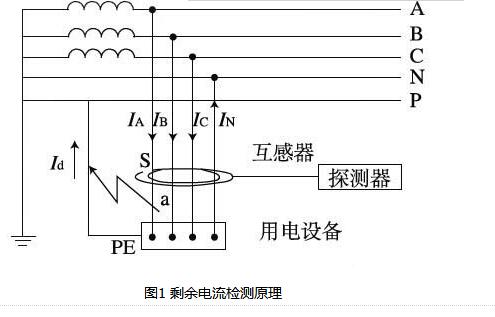
Let the three-phase four-wire wire pass through a zero-sequence current transformer CT together, or install a zero-sequence current transformer CT on the neutral line N, and use these CTs to detect the current vector sum of the three phases, that is, the residual current. As shown in Figure 1, according to the circuit principle, when there is no equipment leakage or ground fault in the circuit and the three-phase load is completely balanced, the vector sum of the instantaneous current in the primary side is zero, that is, Ia+Ib+Ic+IN=0 The vector sum of the magnetic flux generated in the current transformer is equal to zero, and at this time, the induced current IL=0 in the secondary coil. When the protected circuit has an insulation fault, the load side has a ground-loaded current, and the vector sum of the zero-sequence current transformer is not zero, that is, Ia+Ib+Ic+IN≠0, and the magnetic flux is generated in the current transformer. The vector sum is also not equal to zero. At this time, the induced current is generated in the secondary winding of the zero-sequence current transformer, that is, the residual current IL≠0.
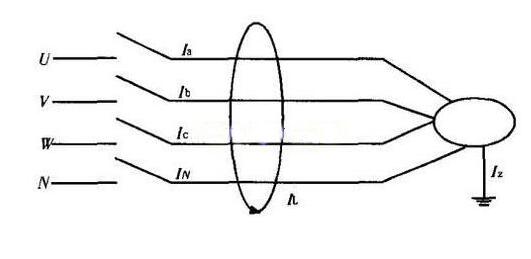
The leakage circuit breaker is mainly composed of a zero sequence current transformer CT, a leakage detection circuit and a trip unit. When the protected circuit has leakage or human body electric shock, as long as the leakage or electric current reaches the leakage current value, the secondary winding of the zero-sequence current transformer outputs a signal, which is amplified by the integrated circuit amplifier and sent to the CPU, and the CPU outputs the driving signal. The leakage release action drives the circuit breaker to trip, thereby cutting off the power supply to protect against leakage and electric shock.
General measures to prevent electrical fires caused by electric current1. Carefully check that the installation of the line meets the requirements of the electrical installation regulations. For example, the distance between the lines, the distance between the front and rear supports, and the inspection of the damaged insulation should meet the safety requirements of the device.
2. Regularly measure the insulation of the line. If the measured insulation resistance between the line conductors and the conductor to ground is less than the specified value, the insulation damage must be treated, and the damaged conductor must be replaced.
3. Correctly select the fuse that matches the wire cross section. It is strictly forbidden to replace the melt with other metal wires.
4. Lines and electrical equipment should be operated under the permissible load conditions to prevent leakage or short circuit due to insulation damage caused by long-term overload.
5. Always monitor the operation of the line. If serious overload is found, it should be handled in time.
6. When connecting between wires, the regulations must be implemented.
7. The connection of wires to various electrical equipment, especially the connection of aluminum wires and electrical equipment, shall be carried out in accordance with the relevant regulations.
8. Regularly inspect the running lines and equipment. If the joint is found to be hot or loose, it should be handled in time.
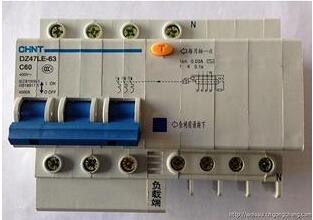
What is a miniature slip ring? Miniature slip rings are rotary electrical connectors that allow power and data to be transferred between a stationary and rotating structure. They are often used in medical, military, and aerospace applications where size and weight are critical factors.
A miniature slip ring typically consists of two parts: a stationary housing and a rotating contact assembly. The contact assembly contains the brushes that make electrical contact with the rotating structure, as well as the rings that conduct current or data.
The housing can be made from any number of materials, including metals, plastics, and composites. It is typically designed to be as small and lightweight as possible while still providing adequate strength and durability.
The contact assembly is made from precious metals such as gold or silver in order to provide good electrical conductivity.
Technology improves with the continuous development of precision machinery. The more sophisticated the equipment, the smaller the volume will be. And the space that can be accommodated for installing the slip ring is also very small. The key parts of some equipment are quite a district. Especially in the high-end military, aerospace and aviation fields. 360-degree rotation is required to transmit current and signals. And the installation space is greatly reduced. It is to make the equipment work more smoothly. Therefore, it is necessary to design the slip ring to be small and exquisite. Otherwise, it won't meet the needs of the installation.
At the same time, we have moved with the continuous development of science and technology. Various high-end precision instruments have been developed. It requires the slip ring to transmit the current amount of general power. Also often undertake the transmission of weak electrical signals and various weak signals. The transmission medium is wider, and the number of loops of the slip ring is increasing.
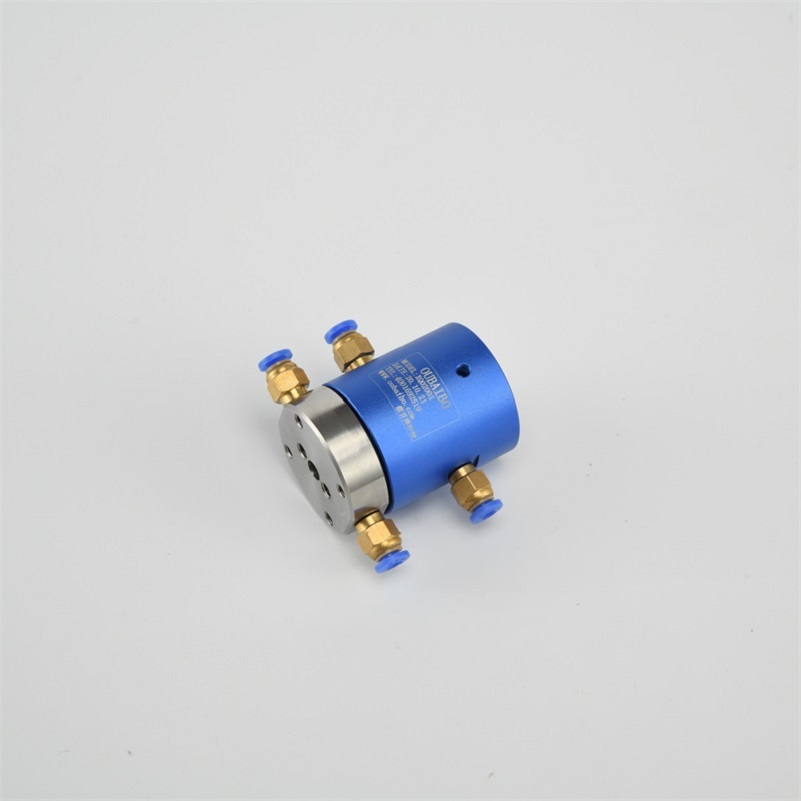
Miniature Slip Ring,Slip Ring Parts,Slip Ring Type Induction Motor,Slip Ring Rotor
Dongguan Oubaibo Technology Co., Ltd. , https://www.sliprob.com